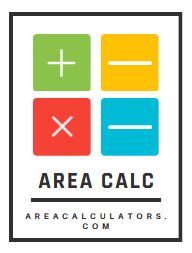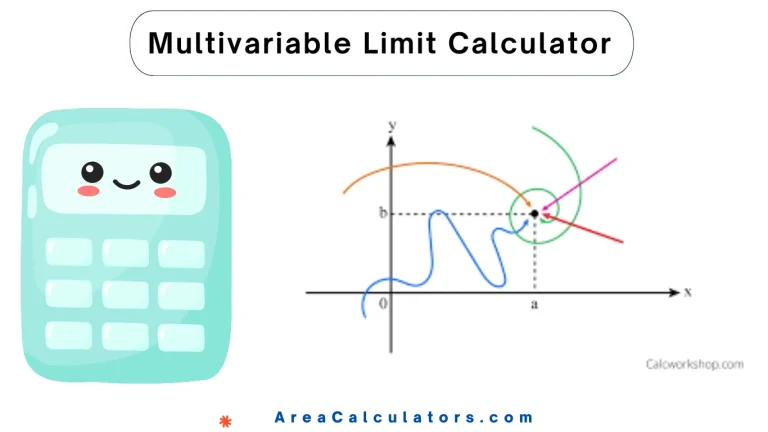To calculate relative abundance, divide the count of a specific species or isotope by the total population and multiply by 100 to express it as a percentage.
The Relative Abundance Calculator is a valuable tool used to determine the proportion of a species, isotope, or element in a given sample. This calculation is widely applied in fields like ecology, chemistry, and environmental sciences to measure diversity, isotope distribution, or population dynamics.
Formula
RA = TS / TP ∗ 100
| Variable | Meaning |
|---|---|
| RA | Relative Abundance (%) |
| TS | Total count of specific species or isotope |
| TP | Total population or sample size |
Solved Calculations
Example 1: For an isotope sample where 30 atoms are of isotope A, and the total population is 120 atoms:
| Step | Calculation | Result |
|---|---|---|
| Relative Abundance Formula | ||
| Relative Abundance | 25% |
Example 2: For an ecological survey where a species count is 200, and the total population is 800:
| Step | Calculation | Result |
|---|---|---|
| Relative Abundance Formula | ||
| Relative Abundance | 25% |
What is Relative Abundance Calculator?
The Relative Abundance Calculator is a precise tool used to measure the proportion of specific components, such as isotopes, elements, or species, within a larger group or population.
It helps users determine relative abundance by analyzing provided data, ensuring accurate insights across disciplines like chemistry, ecology, and biology.
In chemistry, it is particularly useful for calculating the abundance of isotopes, which aids in determining atomic masses. In ecology, it helps evaluate species distribution and diversity within an ecosystem.
For instance, scientists often use it to analyze species representation in a habitat or determine the relative abundance of isotopes like Lithium-6 and Lithium-7. Its versatility makes it a practical choice for both educational and research applications.
Final Words:
In short, the Relative Abundance Calculator is a dependable tool that simplifies abundance measurements across various fields. Its accuracy and ease of use make it indispensable for professionals and researchers alike.






